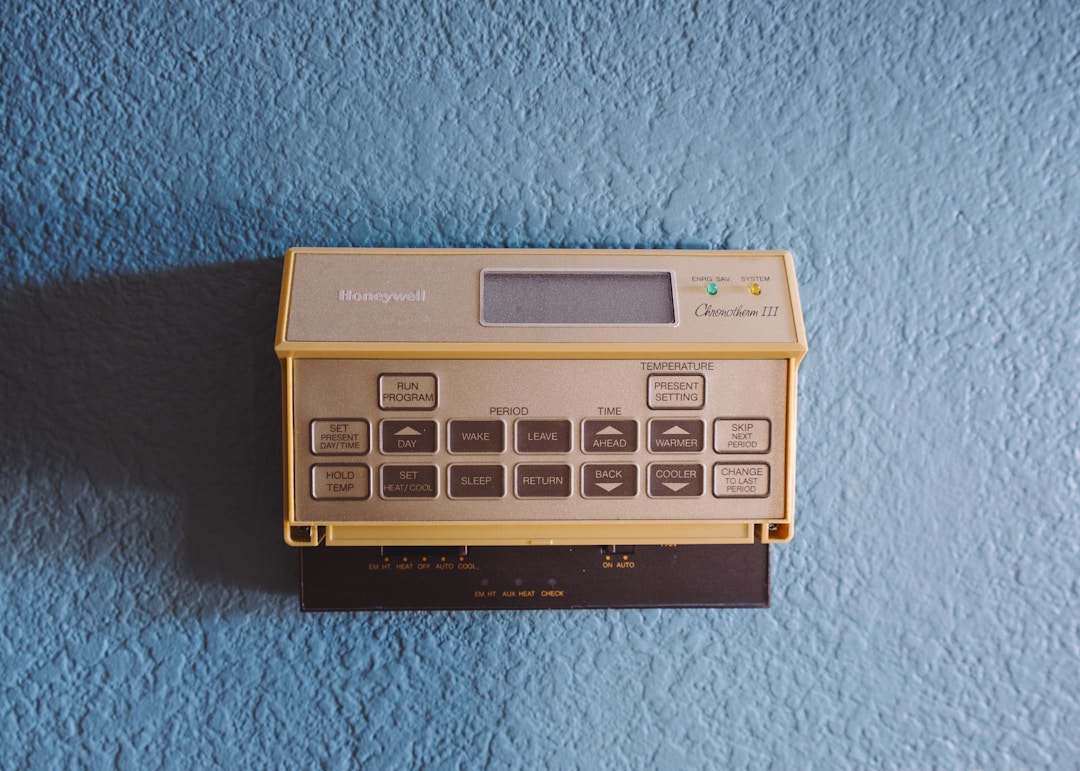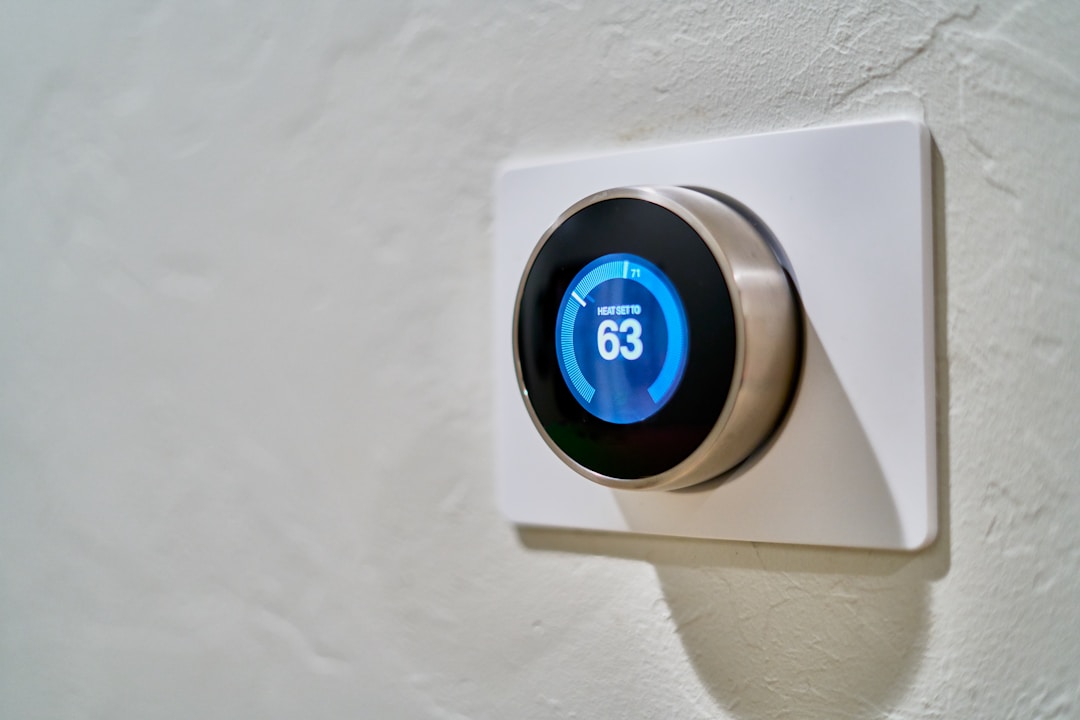There are few systems more central to your health and comfort at home than your HVAC system, but many people don’t know how to tell when something is wrong. An issue with your thermostat can be even harder to spot if you aren’t sure what to look for. There are a few major red flags that anyone with an HVAC should keep an eye out for, as ignoring warning signs that your system isn’t functioning properly could end with you having to pay for costly repairs. If you’re not sure whether or not it’s time for a replacement, read on to learn how to tell if you need to get a new thermostat soon.
How can you tell if you need a new thermostat?

If you’re a first-time homeowner, you may not know how to tell if you need a new thermostat. There are several telltale signs to look out for that can give you a good indication that you should have a technician inspect your unit as soon as possible. The most obvious sign is that the thermostat no longer turns the HVAC system on or off. This can often be because the wiring inside the thermostat has become frayed or damaged.
Another sign that your thermostat may need to be replaced is if the temperature reading is incorrect. You can use a simple portable indoor thermometer to check and see if your thermostat is reading the correct temperature. The sensor inside your thermostat can become less accurate over time due to old age, but it can also be damaged from misuse or due to a manufacturing defect. A malfunctioning thermostat will also have difficulty maintaining a consistent temperature.
Your thermostat not sensing the proper temperature can have the additional effect of increasing your energy bills, another sign that there might be something wrong with your HVAC system. The lack of a proper temperature reading can cause your HVAC system to overwork. Cycling over and over again within a short period of time will use far more energy than your system should. Your thermostat may also just be getting old. The average lifespan of a thermostat is about 10 years.
Should you consider a smart thermostat?

If you find that you need to replace your thermostat, you may want to consider upgrading. A smart thermostat can have a number of benefits for homeowners, but one of the primary reasons for their appeal is the level of control they give you over your home’s temperature. A smart thermostat runs on automation and can be operated by a timer or in many cases through a smartphone app or web portal. You can even cool your home by zone, setting a different temperature on different floors or in different rooms.
The other major benefit of a smart thermostat is that it can save you a significant amount of money. By helping you avoid running your HVAC system when you don’t need to, it will help lower your energy bills. At a time when eco-friendly and sustainable technology is becoming increasingly appealing to prospective home buyers, it makes perfect sense to invest in a home upgrade like a smart thermostat.
If you want to keep your heating and cooling costs down, it’s essential that you take proper care of your HVAC unit. This means having it inspected at least once annually and changing the filter every 90 days. While you will still need to replace your system eventually, maintenance can help extend the life of your system. When it’s time to get a new thermostat, it’s worth considering an upgrade to a programmable alternative. Smart thermostats can save you money and improve the value of your home, making them a perfect choice for almost every homeowner.

